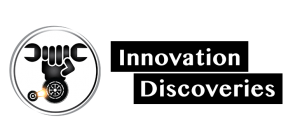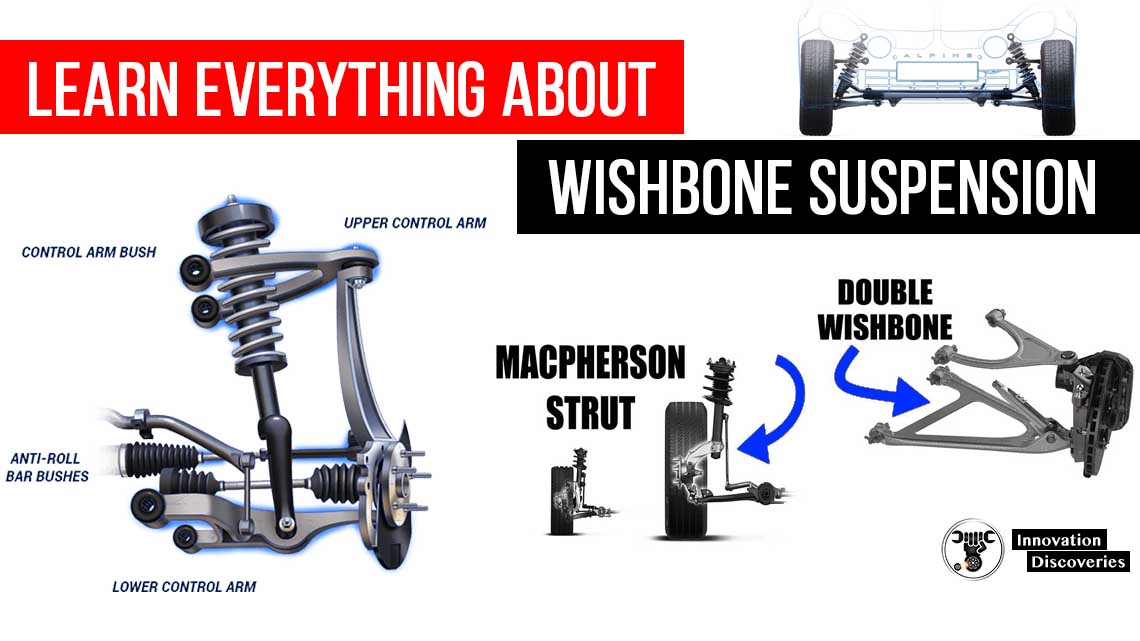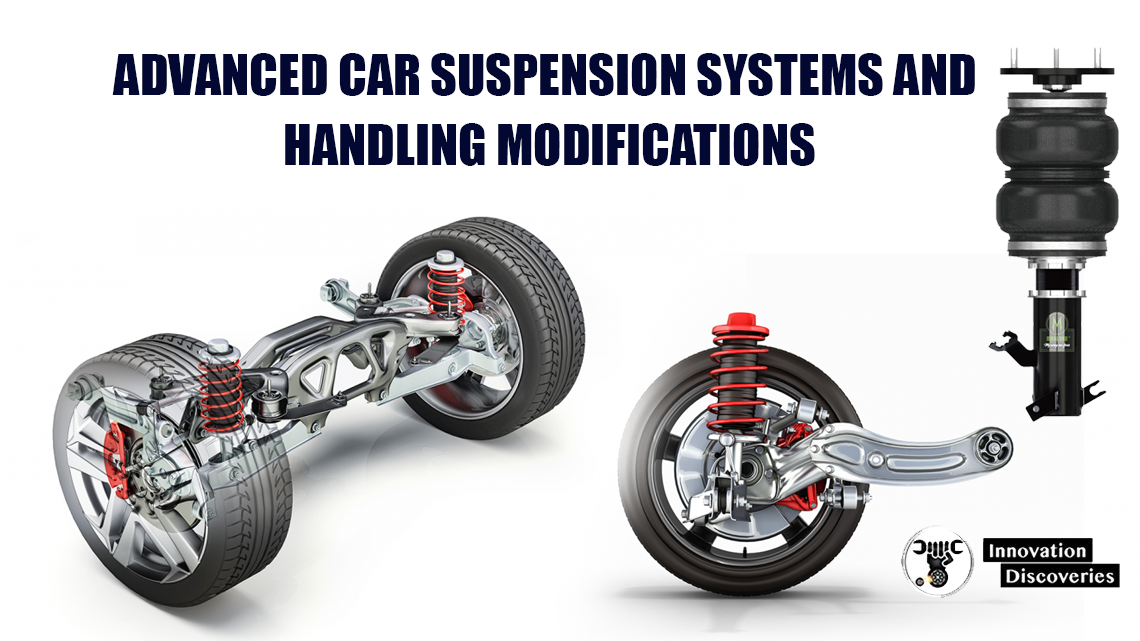
Car suspension systems play a crucial role in providing comfort, stability, and control. For automotive enthusiasts and professionals, understanding and optimizing suspension systems can significantly improve a vehicle’s performance.
This detailed guide explores the components, types, and modifications of advanced suspension systems, offering valuable insights into enhancing handling for various driving conditions.
What Is a Car Suspension System?
A car suspension system is a combination of springs, dampers, and linkages that connect a vehicle to its wheels. Its primary functions include:
- Absorbing road shocks to ensure passenger comfort.
- Maintaining tire contact with the road for stability.
- Enhancing handling and safety by reducing body roll and improving cornering.
Key Components of a Suspension System
- Springs: Absorb shocks and support the vehicle’s weight.
- Coil Springs: Commonly used in most vehicles, these are spiral-shaped springs that compress and expand to absorb shocks.
- Leaf Springs: Made of stacked metal strips, typically used in trucks and heavy-duty vehicles for load-bearing.
- Torsion Bars: Rods that twist to provide spring action, often found in certain types of trucks and SUVs.
- Shock Absorbers (Dampers): Control the oscillation of springs and maintain ride quality by dampening the energy generated during movement.
- Control Arms: Connect the wheel hubs to the chassis, allowing vertical movement while maintaining alignment.
- Sway Bars (Anti-Roll Bars): Reduce body roll during cornering by transferring forces from one side of the suspension to the other.
- Bushings: Provide cushioning and reduce friction between suspension components, improving ride smoothness and durability.
Types of Advanced Suspension Systems
1. MacPherson Strut
The MacPherson strut combines a shock absorber and coil spring into a single unit, which simplifies the suspension layout.
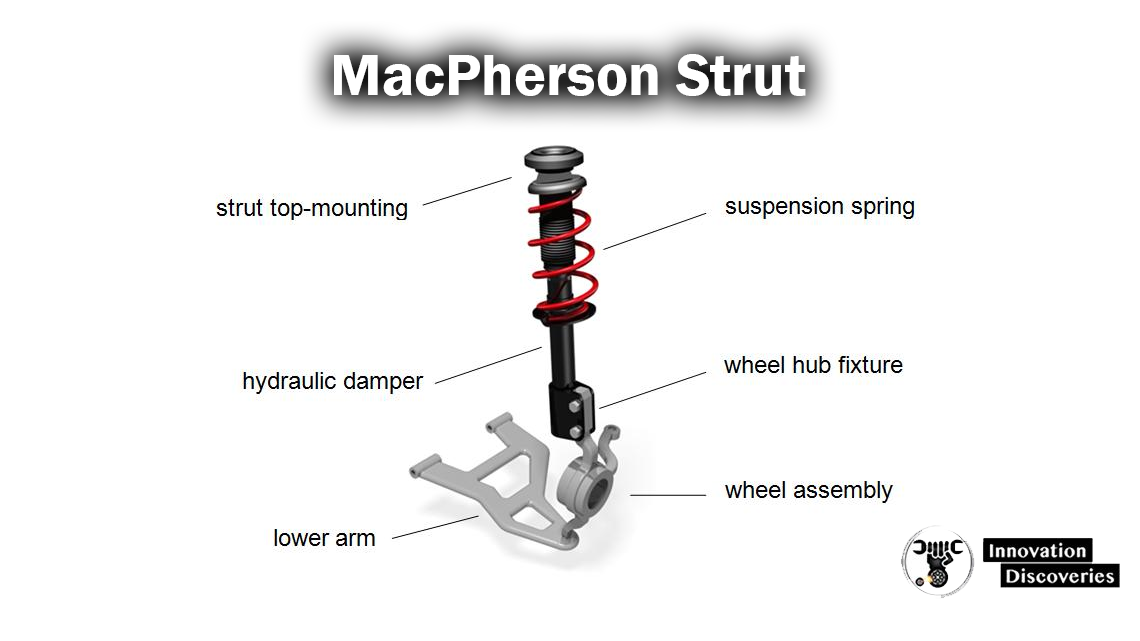
- Advantages: Simple, compact, and lightweight, making it ideal for front-wheel-drive cars.
- How It Works: The strut assembly connects directly to the vehicle’s chassis and steering knuckle, providing a balance of comfort and handling.
- Applications: Used in a wide range of vehicles, from compact cars to sedans.
2. Double Wishbone Suspension
The double wishbone system features two control arms (upper and lower), allowing for precise control of the wheel’s camber angle.
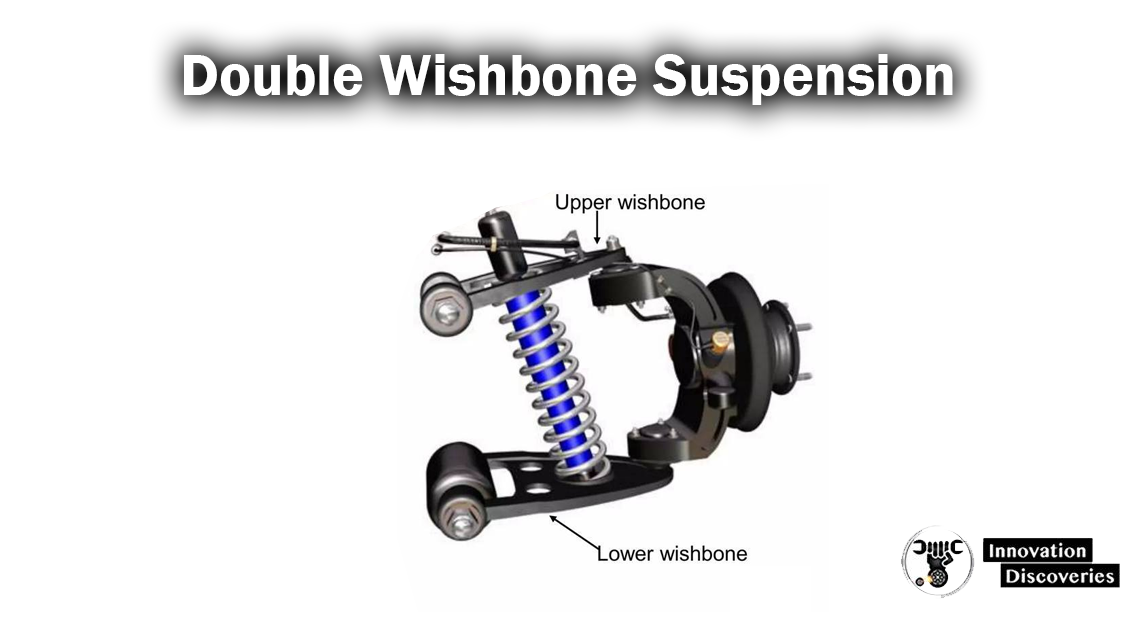
- Advantages: Offers better cornering stability, improved grip, and reduced tire wear.
- How It Works: The upper and lower control arms work together to keep the tire perpendicular to the road surface, optimizing contact.
- Applications: Common in sports cars, high-performance vehicles, and some SUVs.
3. Multi-Link Suspension
A multi-link suspension consists of several arms and linkages that provide a high degree of adjustability and flexibility.
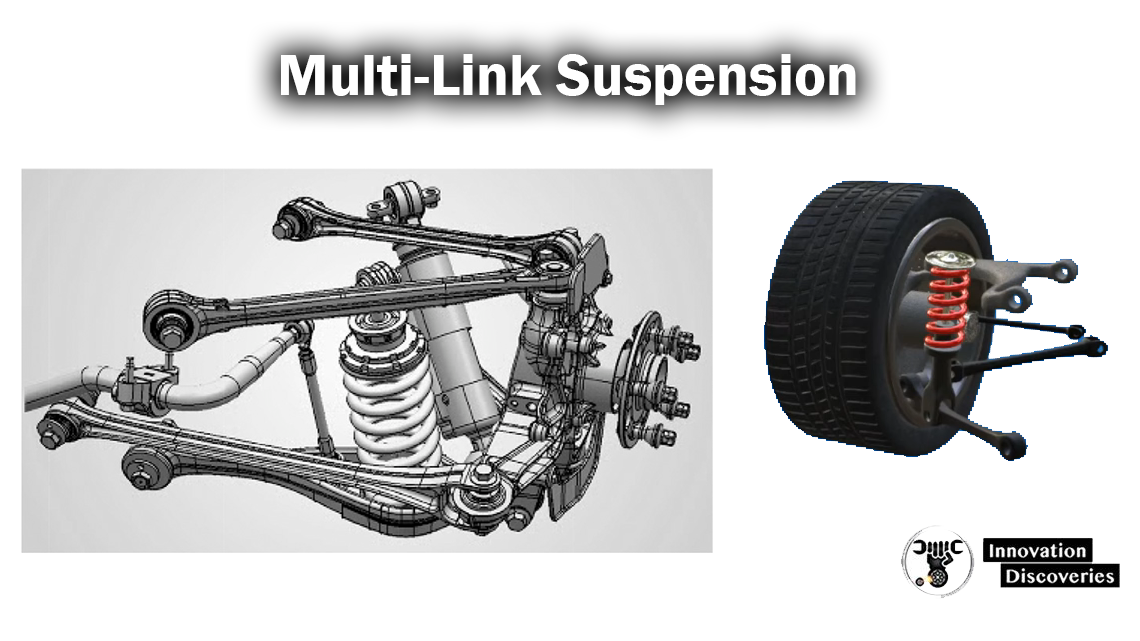
- Advantages: Delivers a balance between comfort and performance by allowing independent wheel movement.
- How It Works: Multiple links control wheel motion, improving handling and ride comfort.
- Applications: Found in luxury sedans, high-end SUVs, and performance cars.
4. Air Suspension
Air suspension uses air-filled bellows instead of traditional springs, allowing for adjustable ride height and stiffness.
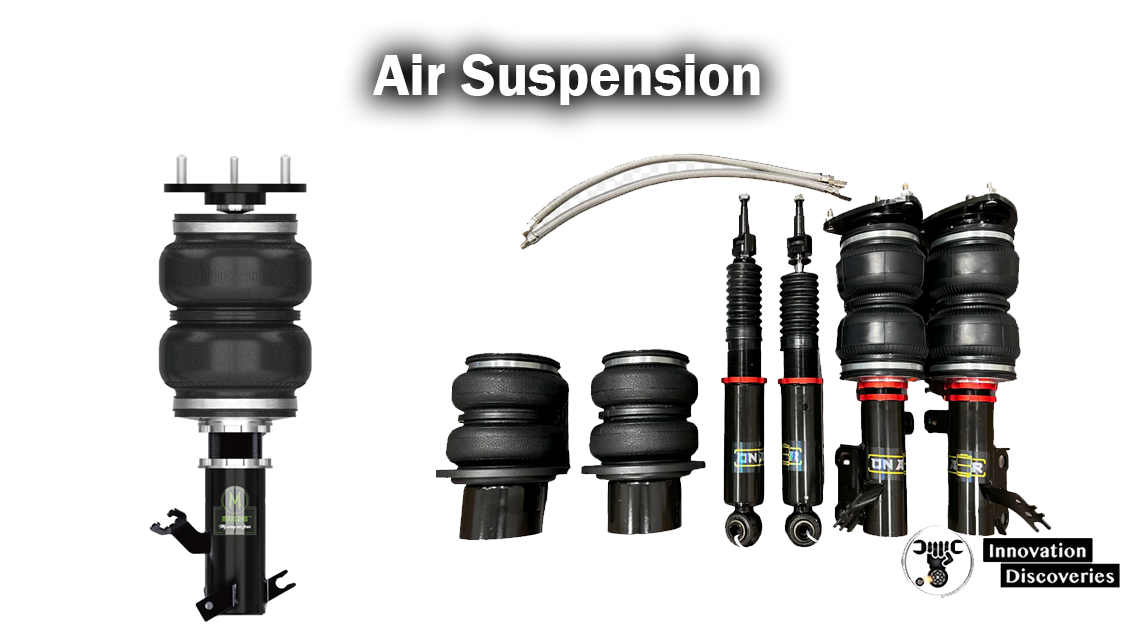
- Advantages: Provides a smoother ride and the ability to adapt to various driving conditions or load weights.
- How It Works: An onboard compressor fills or releases air from the bellows, altering ride height and stiffness.
- Applications: Popular in luxury vehicles, off-road trucks, and buses.
5. Active Suspension
Active suspension systems use sensors and actuators to adjust suspension settings in real-time, providing optimal handling and comfort.
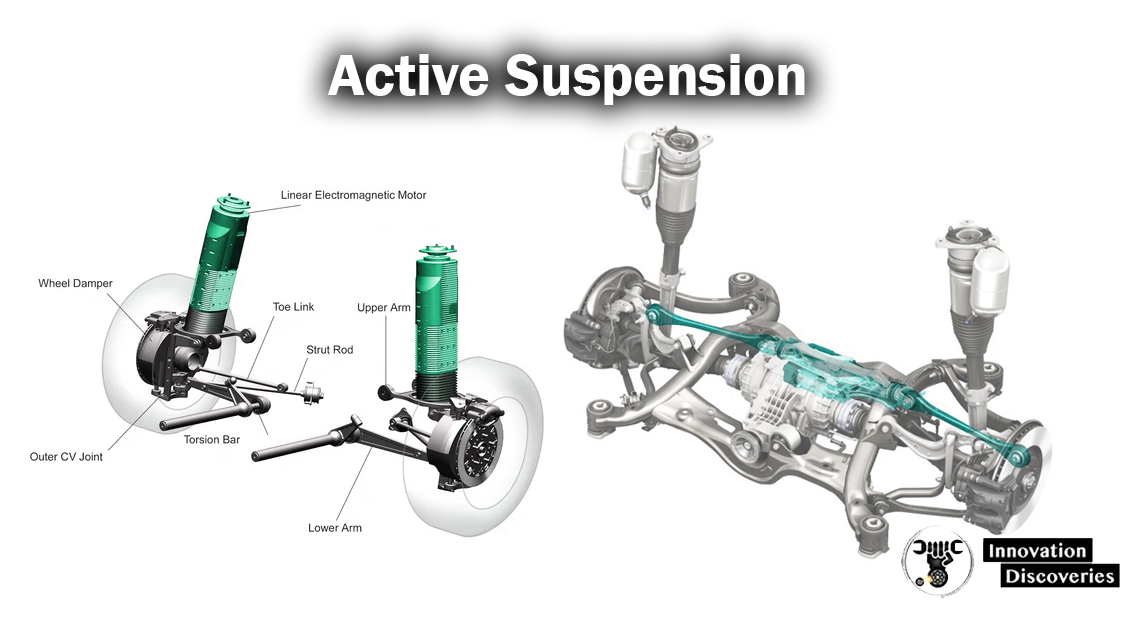
- Advantages: Minimizes body roll, pitch, and dive by actively counteracting forces during driving.
- How It Works: Sensors monitor road conditions and vehicle behavior, while actuators adjust the suspension components accordingly.
- Applications: Found in high-end sports cars and luxury sedans, such as those from Mercedes-Benz, BMW, and Tesla.
Modifications to Enhance Handling
For automotive enthusiasts seeking better performance, modifying the suspension system is a popular choice. Below are some advanced modifications:
1. Upgrading to Coilovers
Coilovers are suspension units that combine a spring and a damper, offering adjustable ride height and stiffness.
- How It Works: The threaded shock body allows the user to adjust the spring preload and ride height, tailoring the suspension setup.
- Benefits:
- Lower center of gravity for improved stability.
- Customizable settings for track or daily driving.
- Popular Brands: KW Suspension, Bilstein, Ohlins.
2. Installing Adjustable Sway Bars
Adjustable sway bars allow for fine-tuning anti-roll stiffness to achieve the desired balance between comfort and cornering performance.
- How It Works: By altering the stiffness of the sway bar, you can reduce or increase body roll during aggressive driving.
- Benefits:
- Reduced body roll improves cornering ability.
- Enhanced stability in high-speed maneuvers.
3. Using Performance Bushings
Upgrading to polyurethane or solid bushings replaces the softer rubber factory bushings, offering more precise control.
- How It Works: Stiffer materials reduce unwanted flex and improve the connection between suspension components.
- Benefits:
- Enhanced steering response.
- Increased durability and longevity.
4. Air Suspension Kits
Air suspension kits allow drivers to adjust their ride height and stiffness on the fly, making them versatile for various driving conditions.
- How It Works: A compressor system alters the air pressure in the suspension bellows, enabling adjustments.
- Benefits:
- Smooth ride for daily driving and aggressive setups for performance use.
- Ideal for vehicles that need to balance load handling and ride comfort.
5. Fine-Tuning Suspension Geometry
Adjusting camber, caster, and toe angles improves cornering grip, tire wear, and overall handling balance.
- How It Works:
- Camber: Adjusting the inward/outward tilt of the wheels improves cornering grip.
- Caster: Changes the forward/backward tilt of the steering axis to enhance stability.
- Toe: Alters the angle of wheels pointing inward or outward to refine steering response.
- Benefits:
- Maximized tire contact with the road.
- Improved predictability during high-speed cornering.
Choosing the Right Suspension Setup for Your Needs
Daily Driving
- Opt for MacPherson Struts or Multi-Link Suspensions for a balance of comfort and durability.
- Consider mild upgrades like performance dampers or adjustable sway bars to enhance stability without sacrificing ride quality.
Track Performance
- Use Double Wishbone or Coilovers for precision and responsiveness.
- Adjust suspension geometry and install stiffer sway bars for aggressive cornering performance.
Off-Roading
- Choose Air Suspension or lift kits to increase ground clearance.
- Install long-travel suspension systems to handle rough terrain and absorb larger impacts.
Conclusion
Advanced suspension systems and handling modifications offer a path to unlocking your vehicle’s full potential. By understanding the components, types, and modifications available, you can tailor your car’s suspension to your driving style and needs.
Whether for daily comfort, track performance, or off-road adventures, the right setup can transform your driving experience.
Stay tuned to Innovation Discoveries for more expert automotive insights and technical guides!
Discover More:
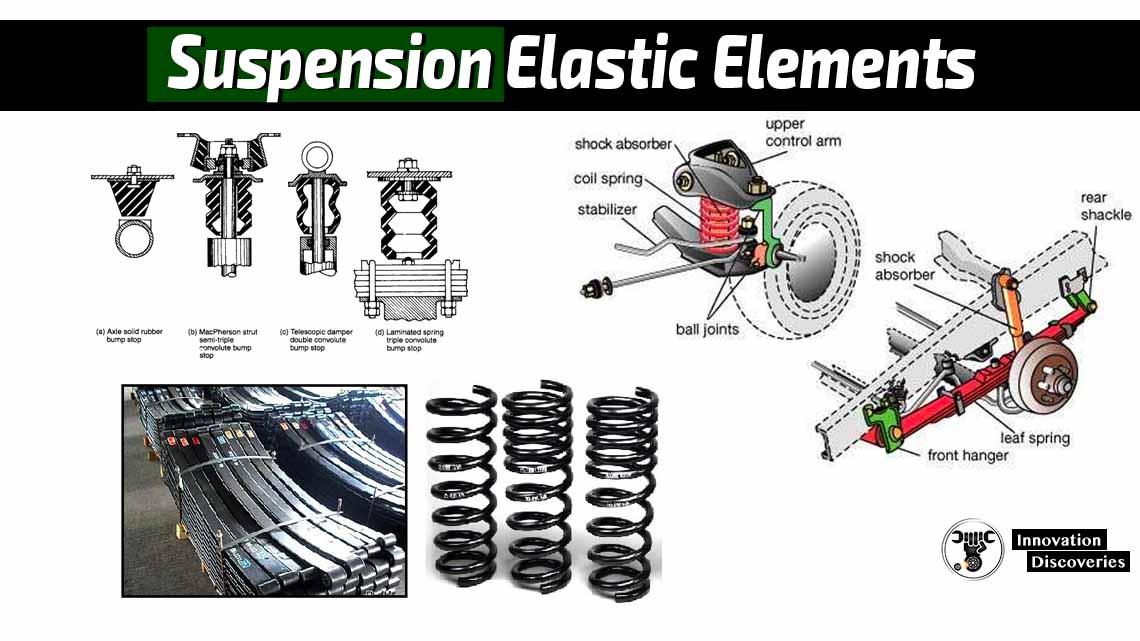
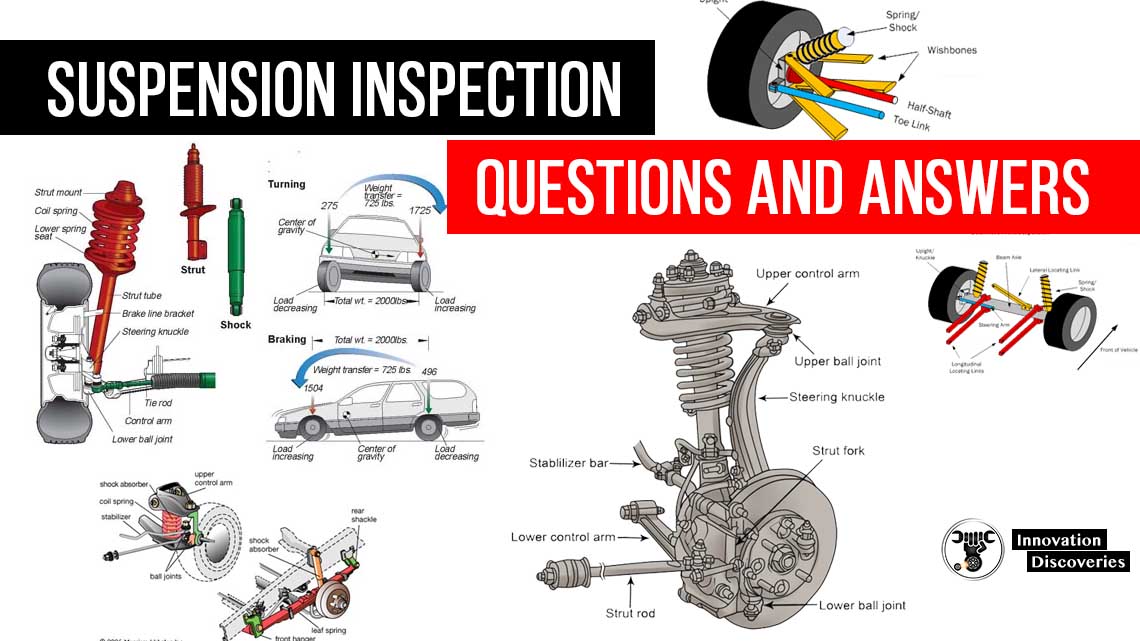
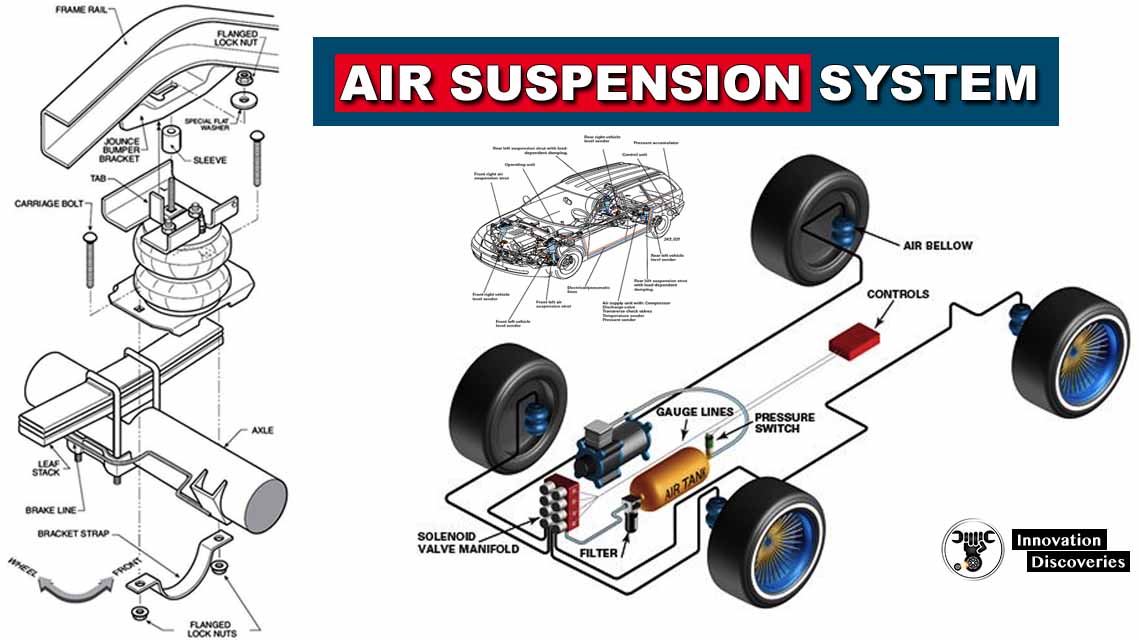
Read More:
- A QUICK GUIDE TO DIAGNOSING 10 COMMON STEERING ISSUES
- 5 WARNING SIGNS OF BAD INTERMEDIATE STEERING SHAFTS
- 3 COMMON SYMPTOMS OF LOW POWER STEERING FLUID
- ELECTRIC VS HYDRAULIC POWER STEERING
- HOW POWER STEERING WORKS?
- STEERING SYSTEM: REQUIREMENTS, TYPES, POWER STEER
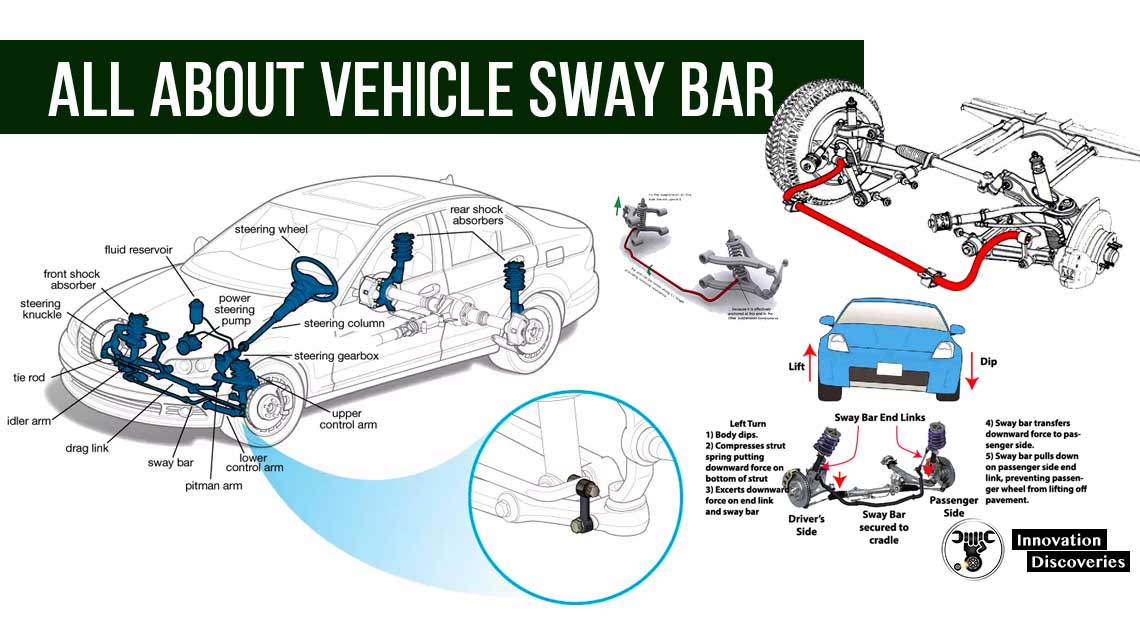
Visit Forum
Visit Our Friendly Website

